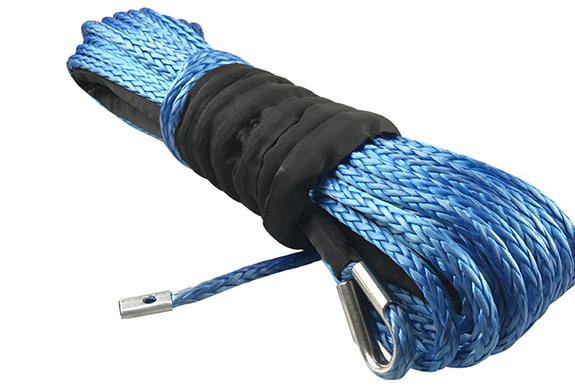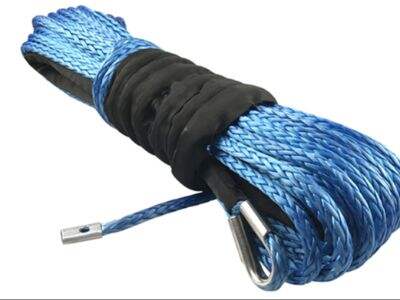The Perfect Synthetic Rope for Utility Gallery
In case you are interested in a rope that can give much more force and toughness to your utility gallery, then you might have to think about synthetic rope. Synthetic ropes by Jinli consist of fibers that are produced through chemical means and these ropes are considered to be stronger, elastic and more resilient than natural ropes.

Advantages of Synthetic Rope
There are number of advantages that synthetic ropes have over natural ropes. Firstly, they can resist higher tensions compared to the natural ropes and do not sever easily. Secondly, they do not get rotten or turn to mold which makes them appropriate for use in an outdoor environment. Third and perhaps the most obvious factor is that they are generally smaller and lighter and thus easier to maneuver. Lastly, the synthetic winch rope are not as flexible as natural ropes most likely because they don’t have to move much along the length of their designs. Finally, they are chemically immune to such treatments as UV, and are not easily abraded making them suitable for use in harsher conditions.
Innovation in Synthetic Rope
Synthetic ropes have been developed and changed over the years for them to become efficient and more effective to be used. Some of these innovations are high performance fibers. These fibers are stronger, lighter and tougher in comparison to the usual synthetic fibers on the market. Another development is the treatment of synthetic ropes with heat to improve their strength. This process is the use of heat treatment; the rope is treated with heat to alter its characteristics.
Safety of Synthetic Rope
In regard to safety, synthetic ropes are indeed the best thing that can be used as utility galleries. This is especially important in workplaces where the possibility of the tools’ users accidentally dropping the tools is highly likely since the chances of the tools breaking or snapping are lower. They also do not swell up in water which can cause them to deform under instances of massive loads. Also, they are not as erodible, thus will not wear out when in use and during the course of time.
Use of Synthetic Rope
The use of synthetic ropes is recommended in numerous applications or utility galleries. Some of the possible application of chains include, lifting equipment, pulling loads, and holding equipment. It also tends to be used for winching vehicles and boats or boat anchoring. Further, it can also be employed for climbing, abseiling or alternatively, rescuing.
How to Use the Synthetic Rope
The appropriate way to use synthetic rope is bringing to bear the manufacturers recommendations and specification. It is recommended to begin by evaluating condition of a rope, focusing on the end and middle part of it. Next, ensure that the rope end-round or has been properly knotted next to the other end of the round. In cases of employing force by pulling or lifting something heavy then there is always the possibility of slipping or being loose making sure it is tied correctly. Last but not the least, it is important to keep the rope properly coiled and protected so that it remains scratch free.
Service and Quality of Synthetic Rope
Both service and quality always deserve a proper manufacturer and supplier that is why they should be chosen carefully. When choosing between the two, select the company that has a reputation for creating quality goods and providing great customer satisfaction. Furthermore, you should consider working with a company that can give hardware warranties and guarantees as well as guarantee the quality of the products that they offer.
Application of Synthetic Rope
Utility galleries are indispensable and synthetic ropes are one of the tools required in the process. This is because they are usually sturdy materials which can withstand various forms of stress, owned to their flexibility. When it comes to pulling and holding when moving heavy loads, fastening objects from fork lifting, contracting car and boats, synthetic rope is most excellent.


